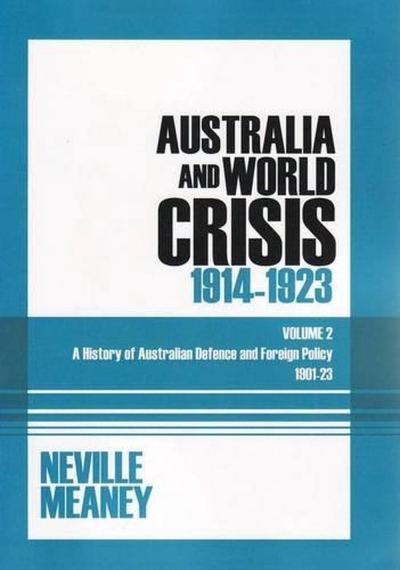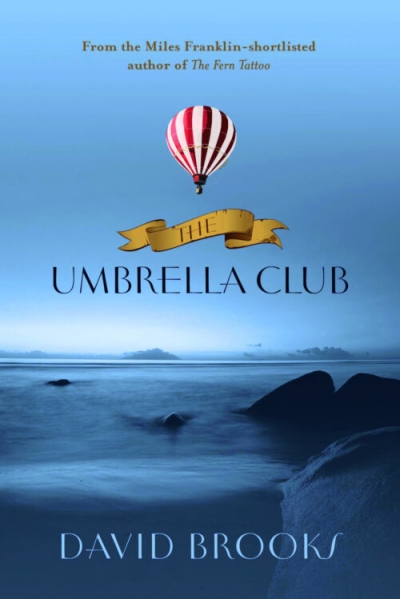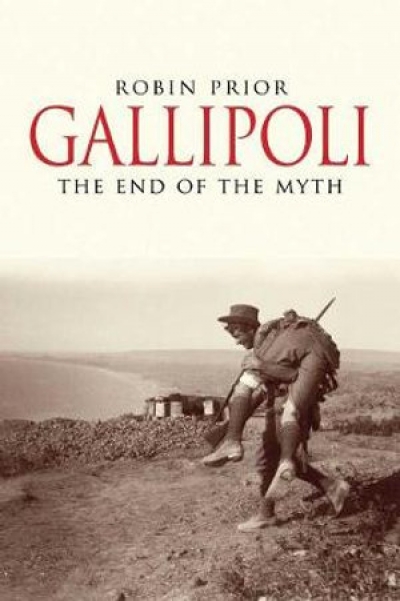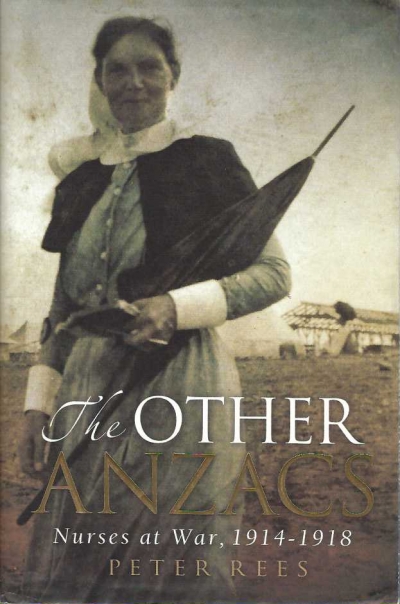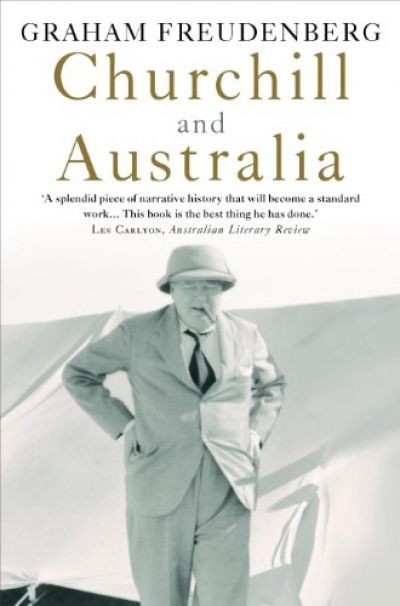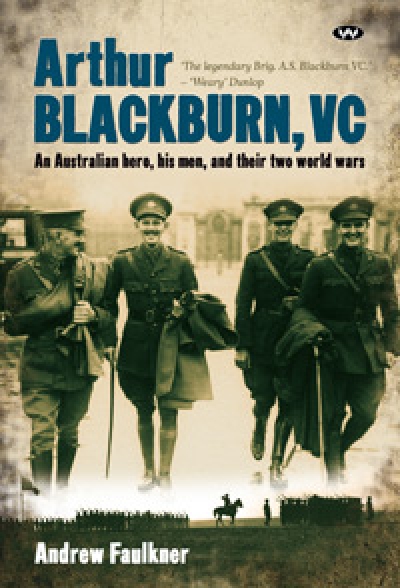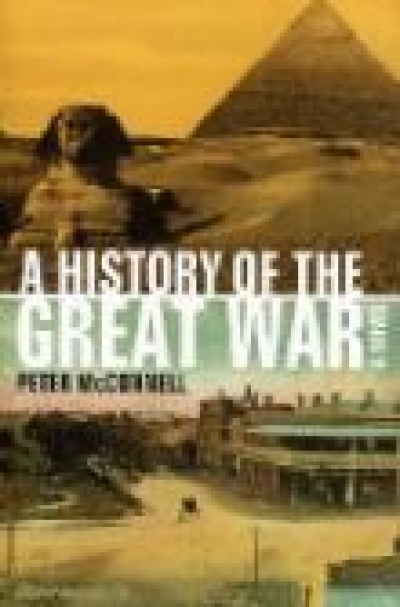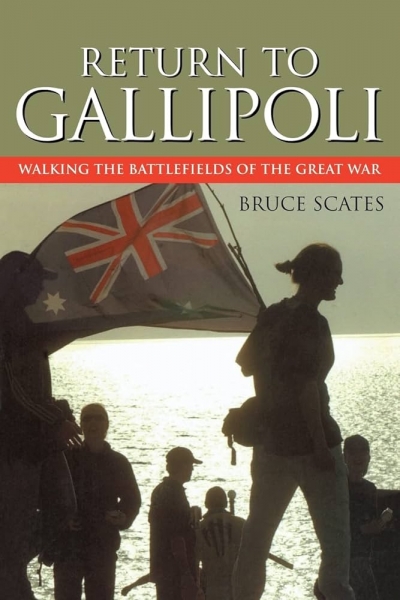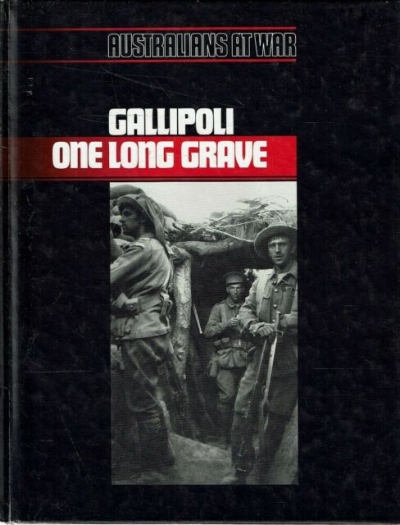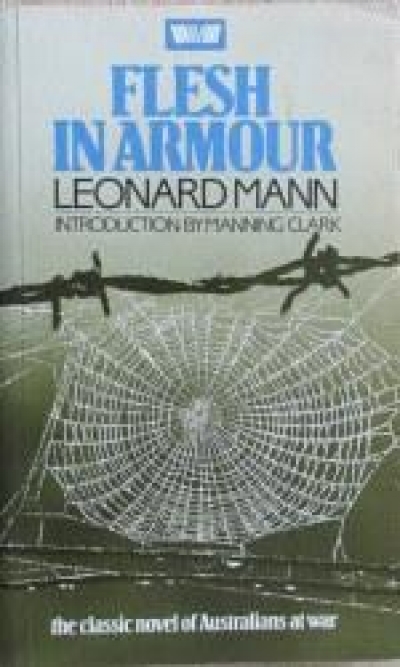World War I
A History of Australian Defence and Foreign Policy 1901–23: Volume Two – Australia and World Crisis, 1914 – 1923 by Neville Meaney
by Hugh White •
Churchill and Australia by Graham Freudenberg
by Geoffrey Blainey •
Arthur Blackburn, VC: An Australian hero, his men and their two world wars by Andrew Faulkner
by Robin Prior •
Return to Gallipoli: Walking the battlefields of the great war by Bruce Scates
by Stephen Garton •

